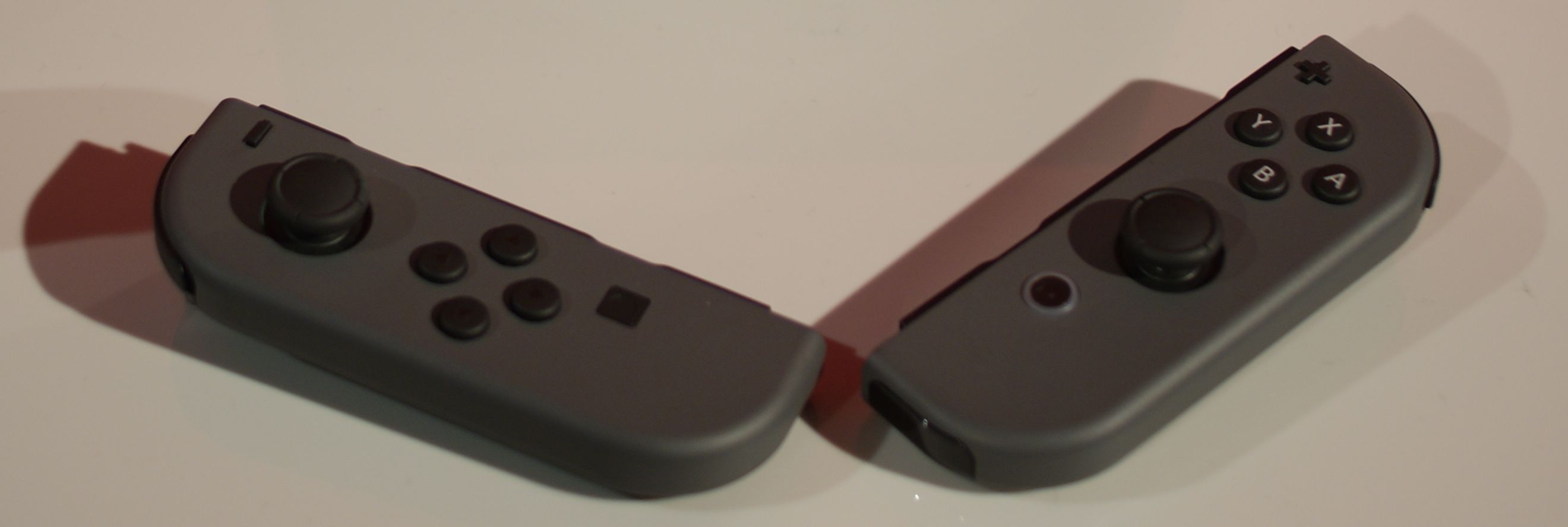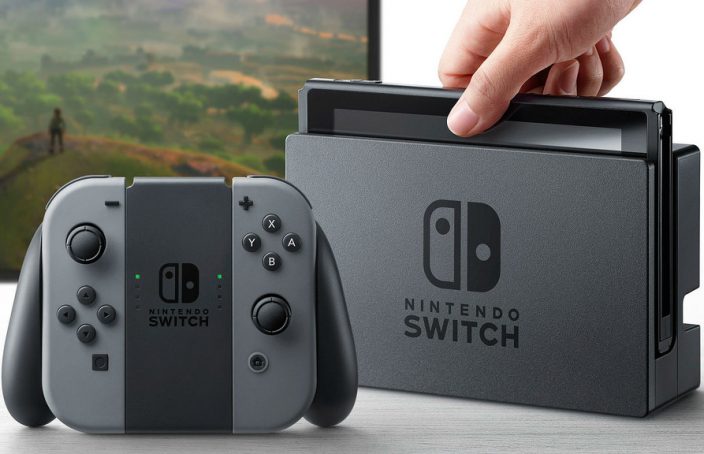As technology advances scientists are able to make significant strides regarding medical treatments, particularly within diabetes research. But for 38-year-old Rich Maroney, who has type 1 diabetes and diabetic retinopathy, it is the development of one new technology in particular which has proven transformational: the Nintendo Switch.
Rich has long been an avid gamer, but his diabetic retinopathy diagnosis at the age of 23 and consequent vision problems made gaming that relied on visual output harder, and less enjoyable.
The Switch, a hybrid gaming console, was released on Friday 3 March in the UK, and its multi-sensory output will likely appeal to those affected by complications such as diabetic retinopathy.
So what is the Switch? As The Guardian’s Keith Stewart explains: “Switch is a machine that offers two play forms, one involving your television, the other utilising a smaller handheld screen. The difference here is that the handheld component is the main console, and it is portable beyond the home. It’s a true synergy of the handheld and home form factors.”
For Rich, one of the most exciting aspects of the Switch is its HD Rumble feature, located in the Switch’s Joy-Con controller. This feature delivers specific physical sensations through the controllers, such as sound cues, vibrations and feedback to provide a more immersive user experience.
It is this experience which makes playing Switch games so much more enjoyable for Rich, as it doesn’t rely on his vision.
Multi-sensory output

One of the nine games currently available for the Switch that includes this technology is 1-2 Switch. Rich and his wife, Mandi Bundren, have been impressed by this game the most.
“We can’t play video games together unless we have something like 1-2 Switch that uses multi-sensory output,” Mandi told gaming website Kotaku.
In 1-2 Switch, which features several mini-games such as “Safe Crack”, the HD Rumble simulates effects such as trying to undo a combination lock. Rich’s retinopathy does not affect his ability to play at all.
“We both really like Safe Crack – it is really cool how you have to detect a slight change in the rumble to know when you’ve hit your mark,” Mandi said.
“I’m eager to see what comes out with the Nintendo Switch,” she added. “If they can incorporate the HD rumble and sound cues into some adventure and puzzle games so that Rich can play I’d be ecstatic!”
Last year another gaming phenomenon was hailed for its potential benefits for people with diabetes: Pokémon Go. Scientists at the University of Leicester claimed the virtual reality smartphone app could reduce rates of type 2 diabetes and obesity.
Of course, those who aren’t really interested in gaming will likely not be drawn to these technologies, but they are encouraging developments in the grander spectrum of diabetes research, and will likely provide some much-needed respite from the daily hassles of diabetes management.
Significantly, devices such as the Switch are indicative of technology that aims to be a bit different, and that innovation is particularly important within diabetes research.
Scientists worldwide are working on a number of pioneering devices such as the insulin patch, artificial pancreas and a tattoo that monitors glucose levels, and even though the Switch is not aimed at people with diabetes, it is encouraging its applications could yet have significance for the diabetes community.




